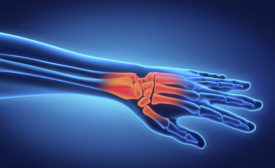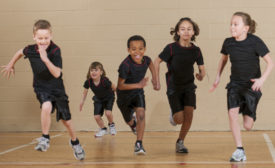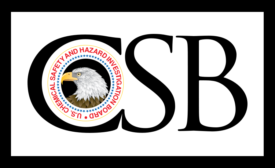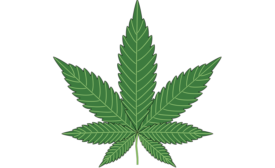News
Rutgers researchers debunk ‘five-second rule’: Eating food off the floor isn’t safe
Sometimes bacteria can transfer in less than a second
September 19, 2019
CSB reverses policy, will name names of chemical accident victim
Had stopped so companies wouldn't have implied culpability
September 18, 2019
FAA: Company that sells airplane parts faked airworthiness documents
A "serious risk to the flying public”
September 17, 2019
Never miss the latest news and trends driving the safety industry
eNewsletter | Website | eMagazine
JOIN TODAYCopyright ©2024. All Rights Reserved BNP Media.
Design, CMS, Hosting & Web Development :: ePublishing









